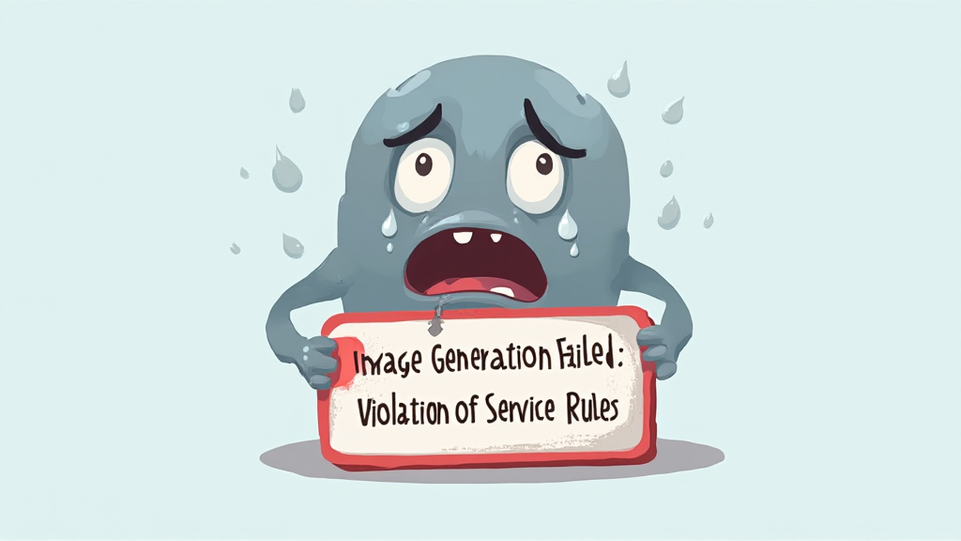Introduction to Inflation and Its Impact on Savings
Understanding Inflation: Causes and Effects
Inflation is a sustained increase in the general price level of goods and services. This phenomenon erodes purchasing power, making it more challenging to maintain savings. As prices rise, the value of money diminishes, leading to potential financial strain. It’s crucial to understand how inflation impacts your savings strategy. Protecting your savings becomes essential in such an environment. Consider diversifying your investments. This can help mitigate risks associated with inflation. Remember, a well-informed approach is vital. Knowledge is power in financial planning.
The Historical Context of Inflation and Savings
Historically, inflation has fluctuated significantly, impacting savings strategies. During periods of high inflation, the real value of savings declines. This can lead to decreased consumer confidence and spending. Understanding these trends is essential for effective financial planning. Many investors turn to assets that traditionally hedge against inflation. Diversification is key in such scenarios. It helps protect against potential losses. A wise approach can safeguard your financial future. Always stay informed about economic indicators.
The Role of Cryptocurrency in Inflationary Times
How Cryptocurrencies Can Hedge Against Inflation
Cryptocurrencies offer a unique solution during inflationary periods. Their decentralized nature can protect against currency devaluation. Unlike traditional currencies, many cryptocurrencies have a capped supply. This scarcity can help maintain value over time. Investors often view them as a hedge against inflation. Diversifying into digital assets can be a smart move. It’s essential to understand the market kinetics. Knowledge is crucial for making informed decisions.
Comparing Cryptocurrencies to Traditional Assets
Cryptocurrencies and traditional assets serve different purposes in investment. While stocks and bonds are regulated, cryptocurrencies operate in a decentralized manner. This can lead to higher volatility in digital assets. However, their potential for significant returns is appealing. Many investors view cryptocurrencies as a modern alternative. They can provide diversification in a portfolio. Understanding both asset classes is essential for informed decisions. Knowledge empowers better investment choices.
Strategies for Protecting Your Savings
Diversification: Spreading Risk Across Assets
Diversification is a fundamental strategy for risk management in investing. By allocating assets across various classes, investors can mitigate potential losses. This approach reduces exposure to any single investment’s volatility. For instance, combining stocks, bonds, and cryptocurrencies can enhance portfolio stability. Each asset class reacts differently to market conditions. Understanding correlations among assets is crucial for effective diversification. A well-balanced portfolio can weather economic fluctuations. Always assess your risk tolerance before diversifying. Knowledge is key to successful investing.
Investing in Inflation-Resistant Assets
Investing in inflation-resistant assets is crucial for maintaining purchasing power. He should consider commodities, real estate, and certain stocks. These assets often retain value during inflationary periods. For example, commodities mike gold typically appreciate when currency values decline. Real estate can provide rental income and capital appreciation. Understanding market trends is essential for effective investment. He must evaluate the potential risks involved. A diversified approach can enhance overall portfolio resilience. Knowledge is vital for informed decision-making.
Utilizing Stablecoins for Stability
What Are Stablecoins and How Do They Work?
Stablecoins are digital currencies designed to maintain a stable value. They are typically pegged to traditional assets, such as the US dollar. This peg helps reduce volatility compared to other cryptocurrencies. He can use stablecoins for transactions and savings. Common types include:
Each type has unique mechanisms for maintaining stability. He should understand these differences. Stablecoins can provide liquidity and ease of use. They are essential in the crypto ecosystem. Knowledge is crucial for effective utilization.
Benefits and Risks of Using Stablecoins
Using stablecoins offers several benefits, including reduced volatility and ease of transactions. They provide a reliable medium for transferring value without the price fluctuations typical of cryptocurrencies. This stability can be advantageous for those seeking to preserve capital. However, risks exist, such as regulatory uncertainty and potential counterparty risks. He must consider the underlying assets backing the stablecoins. Transparency is crucial for assessing their stability. Understanding these factors is essential for informed decision-making. Knowledge empowers better financial choices.
Long-Term Investment Strategies in a Volatile Economy
Building a Resilient Investment Portfolio
Building a resilient investment portfolio requires strategic asset allocation. Diversifying across various asset classes can mitigate risks associated with market volatility. He should consider including equities, fixed income, and alternative investments. Each asset class responds differently to economic changes. This balance can enhance overall portfolio stability. Additionally, regular portfolio rebalancing is essential to maintain desired risk levels. He must stay informed about market trends and economic indicators. Knowledge is vital for making timely adjustments. A proactive approach can lead to better long-term outcomes.
Staying Informed: The Importance of Market Research
Staying informed through market research is essential for successful investing. He should regularly analyze economic indicators, industry trends, and company performance. Key areas to focus on include:
These factors can significantly impact investment decisions. Understanding market sentiment is also crucial. He must evaluate news and reports that influence investor behavior. A well-informed investor can make timely adjustments to his portfolio. Knowledge leads to better risk management. Staying updated is a proactive strategy.
Conclusion: Taking Action to Safeguard Your Financial Future
Recap of Key Strategies Discussed
Key strategies discussed include diversification and investing in inflation-resistant assets. He should regularly assess his portfolio to ensure optimal asset allocation. Understanding market trends is crucial for making informed decisions. Staying updated on economic indicators can enhance investment outcomes. Additionally, utilizing stablecoins can provide liquidity and stability. He must evaluate the risks associated with each investment. Knowledge is essential for effective financial management. A proactive approach can safeguard his financial future.
Encouragement to Stay Proactive in Financial Planning
Staying proactive in financial planning is essential for long-term success. He should regularly review his investment strategies and adjust as needed. This approach helps mitigate risks associated with market volatility. Understanding personal financial goals is crucial for effective planning. He must prioritize building a diversified portfolio. Knowledge of market trends can enhance decision-making. A disciplined approach leads to better financial outcomes. Taking action today can secure his financial future.
